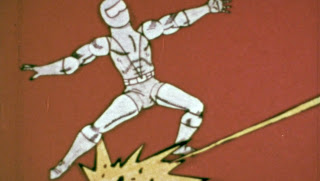The focus group loses focus

Although Santa Claus has been around in different forms for centuries, much of how we think of that Jolly Old Elf today was established in 1822 by Clement Clark Moore’s poem, “’Twas The Night Before Christmas.” But what would Santa Claus be like if he was created today? How would today’s culture shape his personality and modus operandi? First, let’s consider Santa himself: an older, whiskered, rotund fellow. This is never going to fly (so to speak). After all, ours is a society that worships youth and is obsessed with fitness. As for the facial hair, well, maybe if you’re Paul Bunyan, okay, but not for someone on whose lap we’re going to place little Dylan and Brittany. He’ll have to lose the beard, a few pounds and a lot of years. And isn’t Santa just a little too much of goody two-shoes for today’s tastes? Sure, we still want heroes, but we like them a bit less than pure. Makes them easier to relate to. So let’s give him a rough ex...









